Different ways of drawing a torchon lace pattern
The general history of torchon patterns include the use of parchment (thin, rigid tanned skin of goat or sheep) where the pattern was marked with pinholes. As the individual elements were decided by the lace maker this meant that many stitches were duplicated under different names.
Over time, lines were added to the pinholes to guide the lace maker on what stitches to use. Again however, there was no international standard as this technique was being done in different regions and countries with little interaction between them.
Jumping forward to 2005 when I began my lace journey I was shown how to draw a pattern using graph paper, then making the pricking by sandwiching that pattern between stiff card and clear contact before doing the pricking with a pin or sewing needle stuck in an eraser.
Books about lace making have been around for hundreds of years (see the wonderful selection of old books etc here which are out of copyright or in the public domain)
The following are examples of how different designers have or still do draw their pattern elements. I have redrawn them on the computer as my hand drawing is not neat LOL
 |
Roseground |
|
|
 |
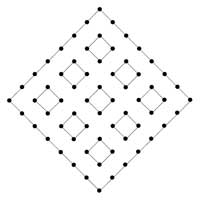 |
 |
 |
 |
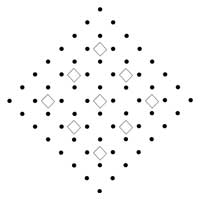 |
 |
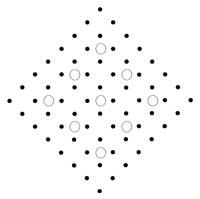 |
 |
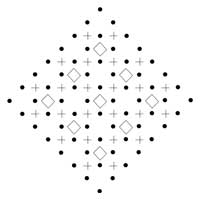 |
 |
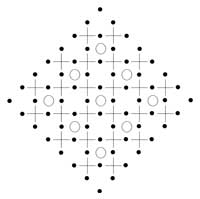 |
 |
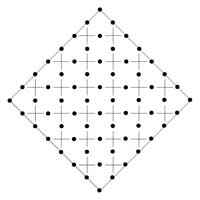 |
 |
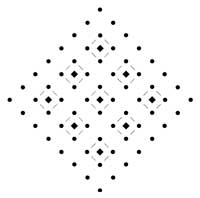 |
| |
|
|
|
 |
Honeycomb |
|
|
 |
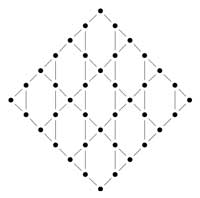 |
 |
 |
 |
 |
|
|
| |
|
|
|
 |
Spider |
|
|
 |
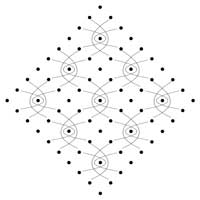 |
 |
 |
 |
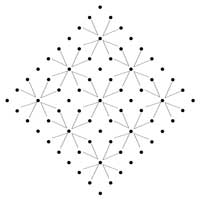 |
|
|
| |
|
|
|
Anatomy | Reading | Changing | Different ways of drawing a torchon lace pattern
Reading colour coded torchon lace patterns
|

